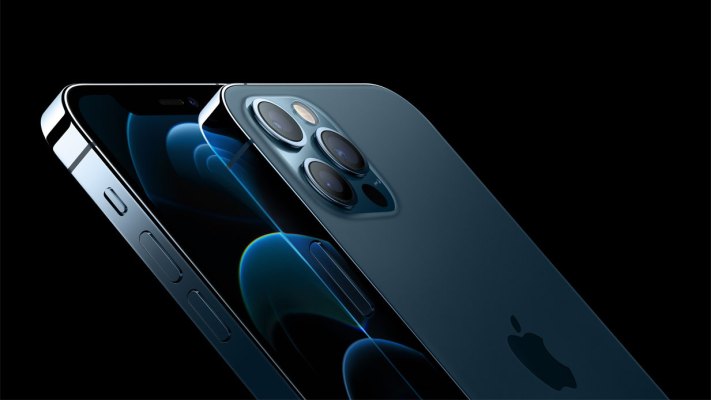The smartphone industry was in transition well before COVID-19 was a blip on anyone’s radar. More than 13 years after the launch of the original iPhone, these products have long since transitioned from luxury items to commodities, losing some of their luster in the process. The past several years have seen slower upgrade cycles as consumers grew reluctant to pay $1,000 or more for new devices.
And while the iPhone 12 was no doubt in development long before the current pandemic, the pandemic’s global shutdown has only exacerbated many existing problems for smartphone makers. The clearest representation of Apple’s reaction is in the sheer number of iPhones announced at today’s “Hi Speed” event. Long gone are the days when a company could rest on a single flagship or two.
Today’s event brought a grand total of four new iPhone models, ranging in price from $699 to $1,099: the 12, 12 mini, 12 Pro and 12 Pro Max. As with the Apple Watch, the company is keeping last year’s iPhone 11 around and has cut the price to $599. That puts the older model in the high-mid-range for Android devices, but represents a far cheaper entry point than we’re accustomed to for Apple phones.
The company — known for its premium price tag — has grown increasingly aggressive in its pricing in recent years as the market has changed; the current line now represents a $500 spread in iPhone starting prices. New numbers from Canalys show just how stark the growing divide is in 2020, as COVID-19 has only exacerbated existing consumer hesitation to spend big on smartphones.
According to the firm, smartphones that cost more than $800 have seen a 23% global decline in shipments for the first half of the year. Devices priced $600 to $799, on the other hand, have seen a 10% increase. The latter is not a huge number, of course, but with overall numbers declining, it’s important to take victories where you can find them.
Another Canalys number is worth highlighting: During that same time period, only 13% of smartphone shipments were 5G-compatible. Keep in mind, new form factors and 5G were the two things supposed to right the ship for the industry. The first, which is mostly an allusion to foldables, hasn’t worked out as planned. 5G has moved the needle a bit — take China, which currently constitutes 78% of those 5G shipments. Overall, however, it seems safe to suggest that things aren’t happening as quickly as manufacturers hoped.
Network rollout has been slow in markets, though here in the United States, at least, we’re beginning to see some saturation. Many manufacturers have also been aggressive about introducing the technology across their line. Samsung is a good example of a company that was both early to adopt the technology and quick to add it to all of its flagships. It’s clear that companies are looking to push the rollout as quickly as possible, mostly skipping the standard step where only premium devices sport the tech.
Qualcomm has been a bit part of the process on Android devices, introducing the 5G-enabled 765 line for mid-tier products. Apple, too, has followed suit. The company is about a year behind some of the competition in terms of 5G adoption, but when it did add the technology, it did so across the iPhone 12 line. There are a number of different ways in which it’s chosen to differentiate models, but 5G connectivity isn’t one.
Apple’s across the board adoption of 5G will surely play an important role on moving the needle for shipments in H2. Analysts have long been banking on the arrival of the iPhone to help juice those numbers. Though it seems likely that the numbers will still come up short of initial expectations by year’s end, as the pandemic — and the precarious economic position of many — continues to wear on.
It’s true that the average price of 5G handsets has dropped quickly, but for many consumers, their current devices are still plenty good, and in a time of economic uncertainty, holding onto them for a year or two longer is the only decision that makes sense.

